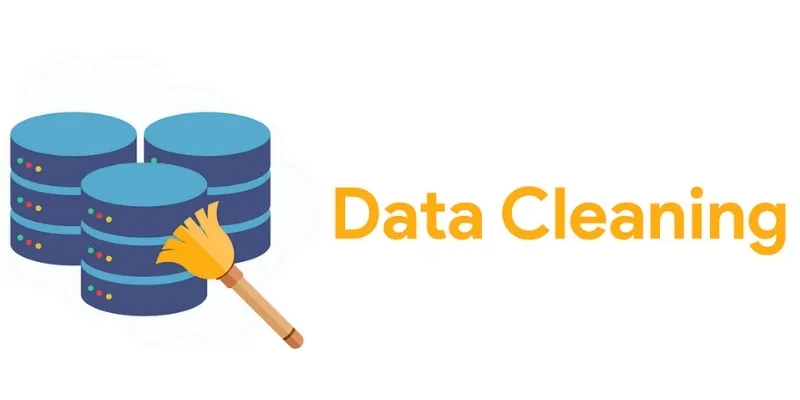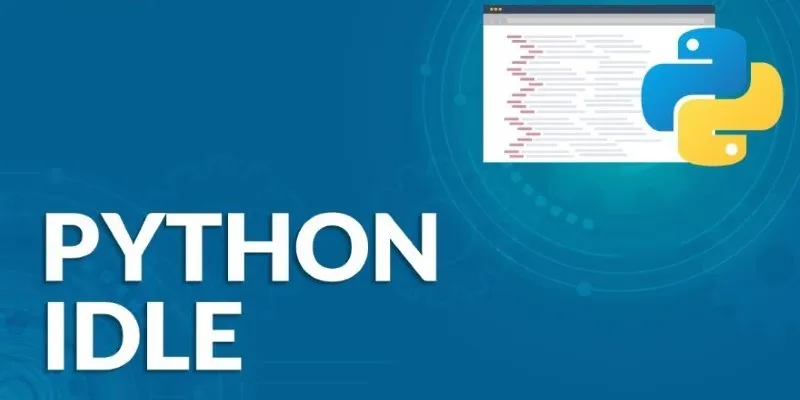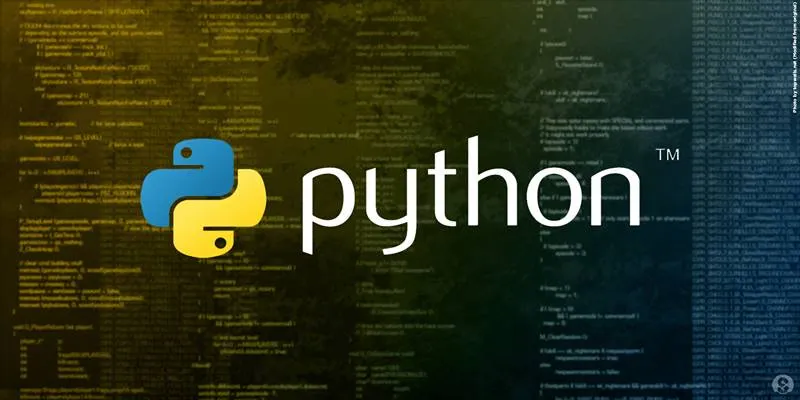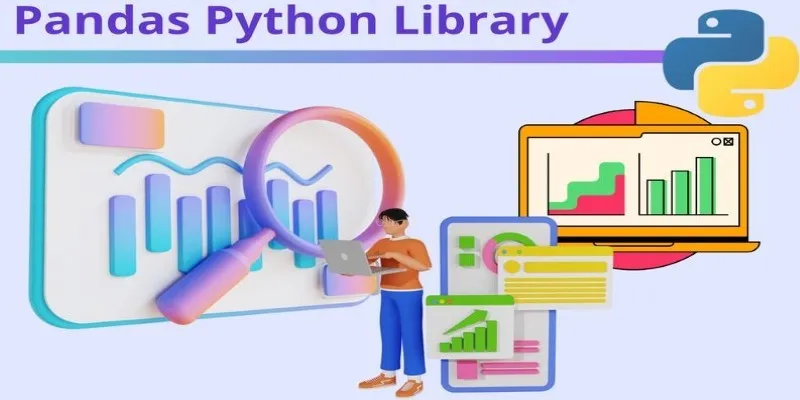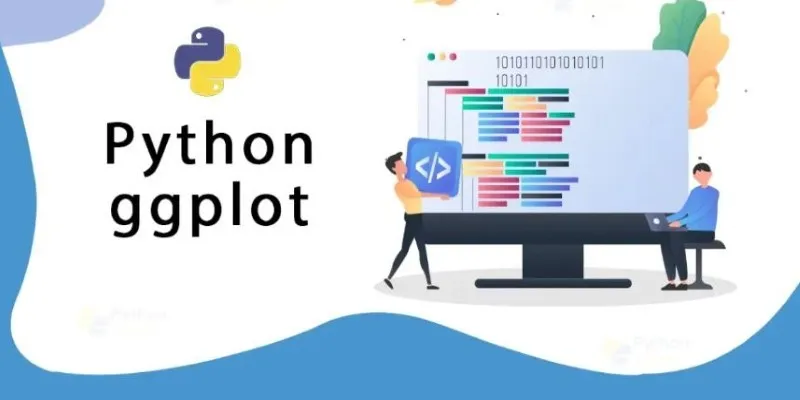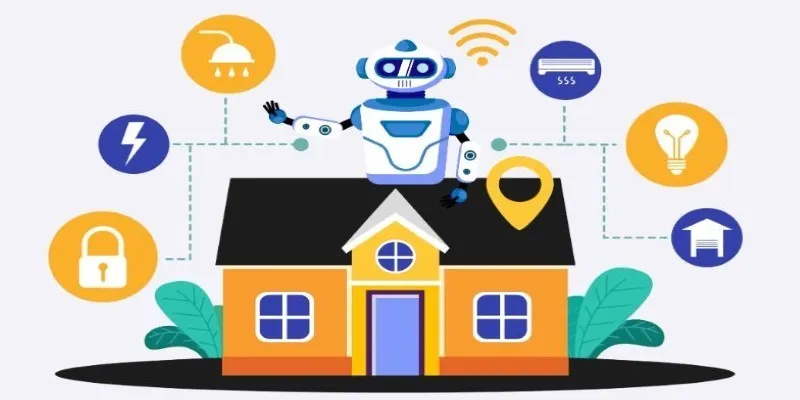Python has earned a reputation for being approachable and reliable, but it’s not always the first name that comes to mind for real-time communication. That space typically belongs to lower-level languages like C++ or specialized JavaScript libraries. But things are changing. FastRTC is a real-time communication library built for Python.
It is designed to help developers build real-time features with clarity and control—without switching languages or wrapping their heads around complex protocol layers. Whether you’re working on a live video platform, chat service, or collaborative tool, FastRTC offers a Python-native way to build interactive, latency-sensitive systems.
What is FastRTC?
FastRTC is a library that supports real-time client communication, typically over WebRTC (Web Real-Time Communication). It allows Python developers to create peer-to-peer data, audio, and video connections—directly and cleanly—without needing to delegate everything to a Node.js layer or an external signaling server written in another language.
The core strength of FastRTC lies in its focus on real-time data transmission, especially when millisecond-level responsiveness matters. This can be in applications like online whiteboards, multiplayer games, customer support tools, or remote monitoring systems. Traditional HTTP APIs work in request-response cycles, which can’t keep up with smooth interaction or live media exchange demands. FastRTC fills that gap by giving Python projects access to WebRTC protocols and data channels, letting developers build systems where updates flow continuously.
Unlike traditional WebSocket or polling-based solutions, FastRTC leverages peer-to-peer communication when possible, reducing server overhead and latency. It also integrates with Python’s async capabilities, making it easier to handle simultaneous communication tasks without blocking.
Under the Hood: How FastRTC Works
FastRTC is built to sit atop WebRTC standards, offering support for peer-to-peer connections, encryption, NAT traversal, and adaptive bitrate management. While many Python developers are familiar with WebSocket-based solutions, FastRTC operates at a different level of efficiency and capability, closer to what’s used in real-time audio and video apps like video calls or screen sharing.
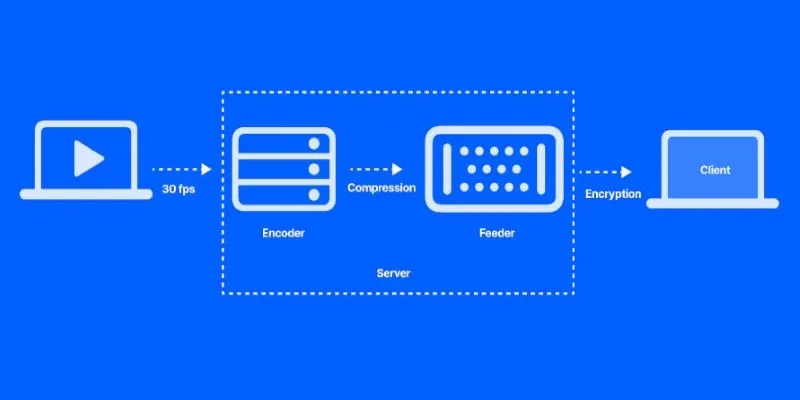
FastRTC uses DTLS (Datagram Transport Layer Security) and SRTP (Secure Real-time Transport Protocol) under the hood, which means all communication is encrypted. This is not just a security feature—it also meets compliance expectations in industries like healthcare and finance. FastRTC also supports ICE (Interactive Connectivity Establishment), STUN, and TURN protocols, which handle connection setup across firewalls and NAT devices.
Signaling, which is how clients discover each other and exchange connection metadata, is left to the developer. This gives flexibility—some might use WebSockets for signaling, others might choose HTTP or custom methods. FastRTC doesn’t enforce a signaling standard, which means it can be integrated into a wide range of architectures, from small single-server setups to large microservices environments.
Python’s asyncio library naturally fits with FastRTC. Developers can set up signaling servers, manage connection states, and handle media streams using async coroutines without needing external threads or complex workarounds. This tight fit with Python’s async model makes FastRTC attractive for modern, event-driven applications.
How Developers Are Using FastRTC
FastRTC becomes particularly useful when building real-time tools that rely on speed and interaction over stability alone. Think of applications like live support dashboards, where agents need to view a customer’s screen in real-time and give feedback instantly. FastRTC can establish peer connections and stream screen content directly with minimal delay.
Another common use is collaborative editing. While tools like Google Docs operate over advanced infrastructure, smaller-scale applications can benefit from FastRTC’s ability to transmit changes as they happen without waiting for server acknowledgment. Thanks to the underlying data channels FastRTC uses, users can see edits from teammates appear instantly.
Live audio and video streaming are also major features. Developers can integrate microphones and webcams into their apps, sending content directly between clients. This bypasses the need for centralized media servers, cutting latency and saving resources. In classrooms, group calls, or one-on-one video chats, FastRTC handles the negotiation and transmission behind the scenes.
In more industrial or technical setups, such as remote robotics or IoT dashboards, FastRTC can send sensor updates or control signals in real-time. Because it supports custom data channels alongside media, developers can stream structured data while maintaining a video feed, for example, from a drone or robotic arm.
The library is especially useful for Python developers with a backend or control logic written in Python who want to avoid using another stack just for real-time communication. FastRTC lets them keep everything in one language, reducing bugs, overhead, and communication breakdowns between systems.
Challenges and Considerations
FastRTC is powerful, but like any tool, it comes with tradeoffs. One key limitation is the lack of built-in signaling. While this offers flexibility, developers must create and maintain their signaling setup, including connection states, ICE candidates, and session descriptions.

Media compatibility is another issue. FastRTC provides raw stream access, but handling audio and video in Python is still less developed than JavaScript or native platforms. Developers might need external tools for encoding, decoding, or rendering.
Resource use in peer-to-peer setups can also be demanding. Each connection consumes memory and bandwidth, so scaling may require TURN servers or relay infrastructure when direct links fail.
Debugging real-time systems is more complex than working with REST APIs. Problems like jitter or packet loss aren’t always clear in logs. Tools such as Wireshark or WebRTC diagnostics can help trace and fix issues.
These tradeoffs are common with real-time systems, but FastRTC allows Python developers to handle them directly without leaving their ecosystem.
Conclusion
FastRTC brings real-time communication capabilities to Python, making it feel native and efficient. It allows developers to handle peer-to-peer connections, media streams, and data channels without relying on external languages or tools. While it requires setting up signaling and managing some complexity, its flexibility and control make it a strong choice for building responsive, interactive applications. FastRTC makes staying in one language practical and productive for Python developers working on live features.
 zfn9
zfn9

